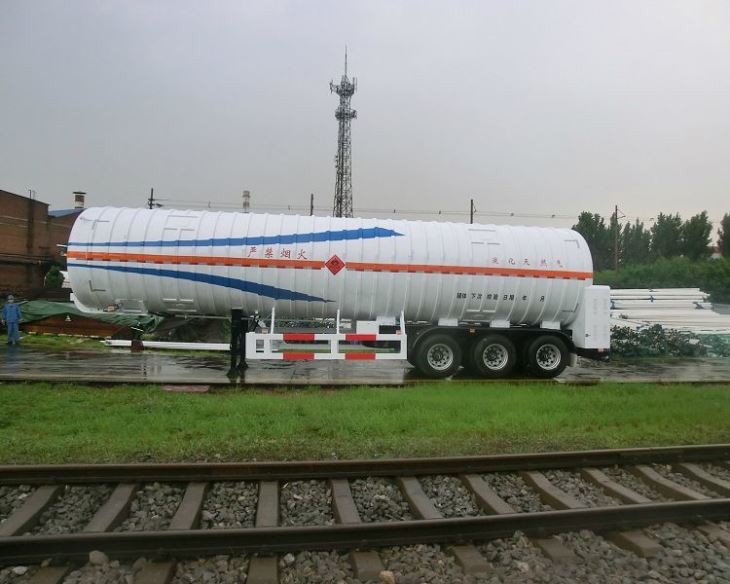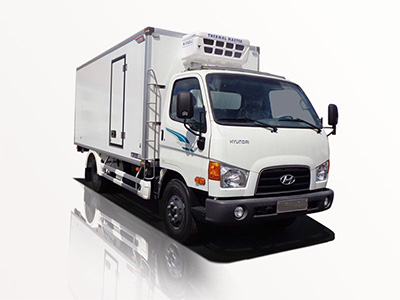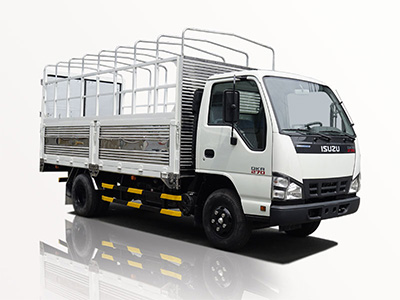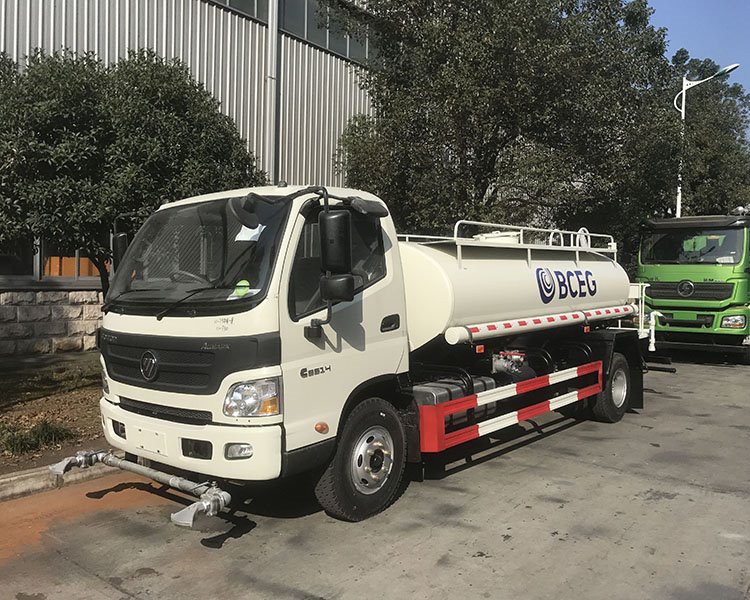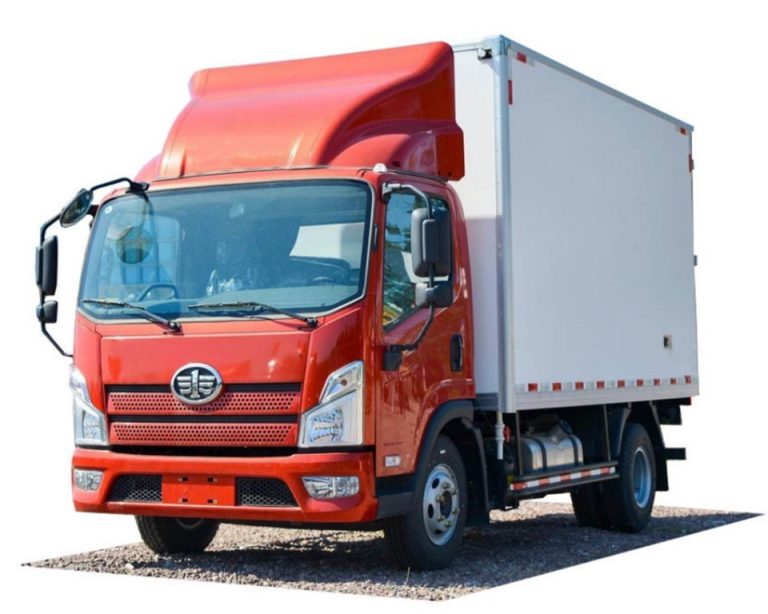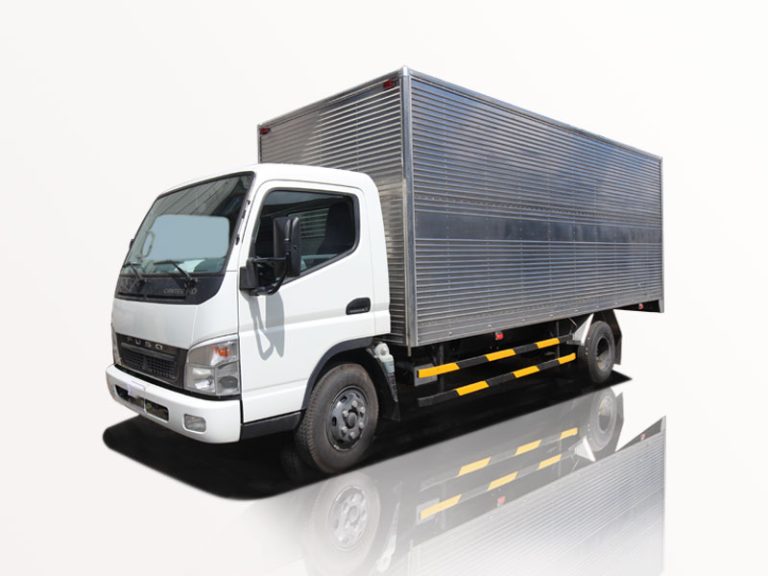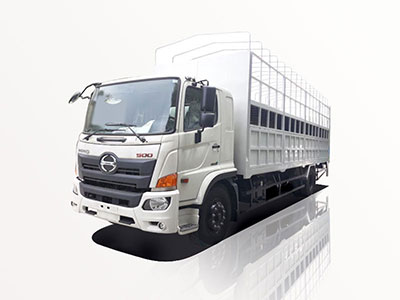Choosing the right oil tanker is a crucial decision for businesses involved in the oil and gas industry. With various types of tankers and considerations to keep in mind, this article will guide you through everything you need to know about selecting an oil tanker that meets your needs, ensuring safety, regulatory compliance, and cost-effectiveness.
Understanding Oil Tankers
What is an Oil Tanker?
An oil tanker is a large ship designed to transport liquid cargo, primarily crude oil and refined petroleum products. These vessels are specially built with large tanks that facilitate the safe loading, transport, and unloading of liquids.
Types of Oil Tankers
There are several types of oil tankers, each designed for specific purposes. Understanding these types can help you make an informed choice.
1. Crude Oil Tankers
Crude oil tankers are large vessels used to transport unrefined crude oil from production sites to refineries. They come in various sizes:
- Very Large Crude Carriers (VLCC): Up to 320,000 deadweight tons.
- Ultra Large Crude Carriers (ULCC): Over 320,000 deadweight tons.
2. Product Tankers
Product tankers transport refined petroleum products like gasoline, diesel, and jet fuel. These vessels are generally smaller compared to crude oil tankers.
3. Chemical Tankers
These ships are designed for transporting chemicals and sometimes can transport oil products. They have specialized tanks to handle various chemical properties safely.
4. LNG Tankers
Liquefied Natural Gas (LNG) tankers are specialized vessels that transport natural gas cooled to liquid form. They require special containment systems due to the low temperatures involved.
Key Considerations When Choosing an Oil Tanker
1. Purpose and Cargo Type
Identifying the purpose of your oil tanker is crucial. Factors like the type of cargo you intend to carry and the routes you plan to take will significantly influence your choice.
2. Size and Capacity
Consider the size and capacity requirements based on your business needs. A larger tanker may offer economies of scale, but it may also incur higher operational costs.
3. Regulatory Compliance
Different regions and countries have specific regulations for oil tankers. Ensure that the tanker you choose complies with international and local maritime laws.
4. Safety Features
Safety is paramount in the oil transport industry. Look for tankers that are equipped with the latest safety technology to prevent spills and accidents.
5. Cost and Financing Options
Assess both the initial purchase price and ongoing maintenance costs. Explore financing options such as leasing or taking loans from financial institutions.
Practical Examples of Choosing an Oil Tanker
Example 1: A Growing Oil Company
A new oil company looking to expand its transportation capabilities may opt for a medium-sized product tanker that can handle multiple types of refined oil products. This ensures flexibility while avoiding the higher costs associated with larger vessels.
Example 2: Established Maritime Shipping Firm
An established shipping firm with existing contracts may require a VLCC to maximize efficiency and reduce per-barrel shipping costs. In this case, the firm will invest in a vessel that has the capacity to transport large quantities over long distances.
Example 3: Chemical Logistics Company
A logistics company specializing in chemical transport may choose to invest in a chemical tanker with specialized features such as multiple segregated tanks for different products, ensuring the safe transportation of hazardous materials.
Tips for Maintaining Your Oil Tanker
1. Regular Inspections
Conduct frequent inspections for wear and tear, compliance with safety regulations, and general upkeep to prolong the life of the tanker.
2. Proper Crew Training
Ensuring that your crew is well-trained in operational protocols and emergency procedures can significantly enhance safety and efficiency.
3. Utilize Technology
Invest in software solutions that manage vessel tracking, maintenance scheduling, and regulatory compliance to streamline operations.
4. Regular Communication
Maintain open lines of communication between the crew, management, and regulators to address any issues promptly.
Regulatory Compliance and Safety Standards
International Regulations
Various international bodies, including the International Maritime Organization (IMO), enforce regulations that oil tankers must comply with. Familiarize yourself with these guidelines to avoid legal issues.
Local Regulations
Local maritime authorities may have additional requirements related to operations, crew qualifications, and safety equipment that must be followed.
Safety Management Systems
Implement a Safety Management System (SMS) that meets the requirements of the International Safety Management (ISM) Code to enhance safety practices onboard.
Environmental Concerns in Oil Transportation
1. Spill Prevention Measures
Adhering to best practices for spill prevention, robust training, and emergency response plans can help minimize the environmental impact of oil transportation.
2. Sustainable Shipping Practices
Explore options for adopting sustainable shipping practices, including research into cleaner fuels and energy-efficient technologies.
3. Reporting and Accountability
Ensure that your oil tanker operations maintain detailed environmental impact reports and are held accountable for any breaches in compliance.
Cost Analysis of Owning an Oil Tanker
Initial Purchase Costs
The initial investment in purchasing or leasing an oil tanker can be significant. Conduct a detailed cost analysis to determine the feasibility for your business.
Operational Costs
| Cost Type | Estimated Percentage of Total Cost |
|---|---|
| Fuel | 30% |
| Maintenance | 20% |
| Crewing Costs | 25% |
| Insurance | 15% |
| Compliance and Regulations | 10% |
Return on Investment
Evaluate potential earnings based on shipping contracts, routes, and market conditions to calculate a realistic return on investment.
FAQ
1. What is the average lifespan of an oil tanker?
The average lifespan of an oil tanker is around 25-30 years, depending on maintenance and usage.
2. How do I choose the right size of oil tanker for my needs?
Consider your transportation requirements, cargo type, and route frequency to determine the appropriate size for your operations.
3. What are the common safety features found on oil tankers?
Common safety features include double-hull designs, cargo monitoring systems, and emergency shutdown mechanisms.
4. Are there sustainable options for oil tankers?
Yes, many companies are exploring eco-friendly technologies, such as hybrid engines and alternative fuels, to reduce emissions and environmental impact.
5. What should I do in case of an oil spill?
Follow your emergency response plan, notify the relevant authorities, contain the spill, and begin clean-up operations immediately to minimize environmental damage.
6. How often should I conduct maintenance on my oil tanker?
Maintenance should be conducted regularly, typically on a monthly basis, with comprehensive inspections performed annually or as required by maritime regulations.
